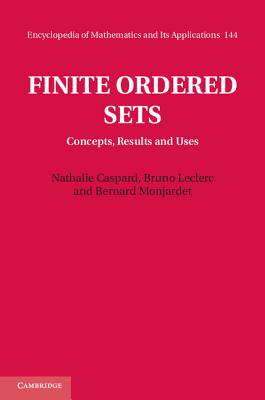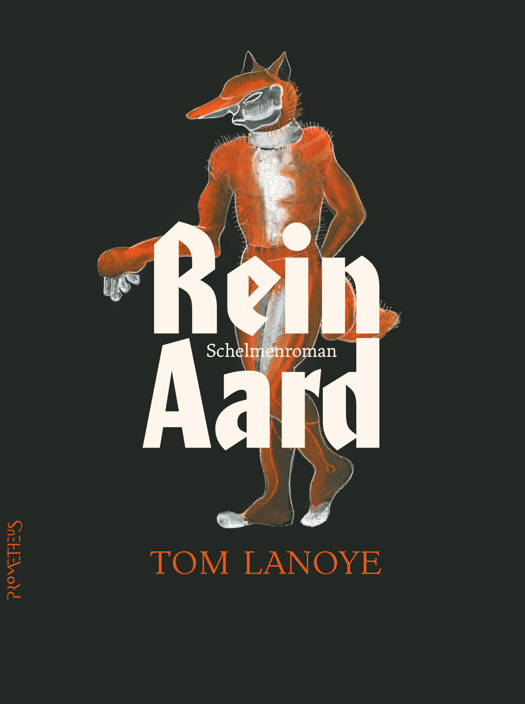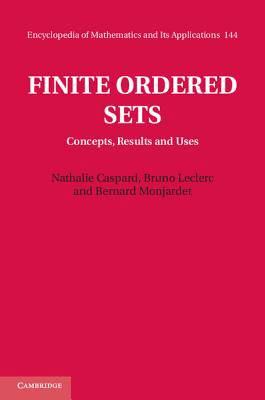
- Afhalen na 1 uur in een winkel met voorraad
- Gratis thuislevering in België vanaf € 30
- Ruim aanbod met 7 miljoen producten
- Afhalen na 1 uur in een winkel met voorraad
- Gratis thuislevering in België vanaf € 30
- Ruim aanbod met 7 miljoen producten
Zoeken
€ 164,45
+ 328 punten
Omschrijving
Ordered sets are ubiquitous in mathematics and have significant applications in computer science, statistics, biology and the social sciences. As the first book to deal exclusively with finite ordered sets, this book will be welcomed by graduate students and researchers in all of these areas. Beginning with definitions of key concepts and fundamental results (Dilworth's and Sperner's theorem, interval and semiorders, Galois connection, duality with distributive lattices, coding and dimension theory), the authors then present applications of these structures in fields such as preference modelling and aggregation, operational research and management, cluster and concept analysis, and data mining. Exercises are included at the end of each chapter with helpful hints provided for some of the most difficult examples. The authors also point to further topics of ongoing research.
Specificaties
Betrokkenen
- Auteur(s):
- Uitgeverij:
Inhoud
- Aantal bladzijden:
- 350
- Taal:
- Engels
- Reeks:
- Reeksnummer:
- nr. 144
Eigenschappen
- Productcode (EAN):
- 9781107013698
- Verschijningsdatum:
- 30/03/2012
- Uitvoering:
- Hardcover
- Formaat:
- Genaaid
- Afmetingen:
- 155 mm x 234 mm
- Gewicht:
- 635 g

Alleen bij Standaard Boekhandel
+ 328 punten op je klantenkaart van Standaard Boekhandel
Beoordelingen
We publiceren alleen reviews die voldoen aan de voorwaarden voor reviews. Bekijk onze voorwaarden voor reviews.











